Plentiful and long is the list of cities with rich histories and surprising tales, but none, perhaps, can match the Queen of Two Continents, Istanbul, straddling both coasts of the Bosporus, with its Greco-Roman heritage and Turkish flairs. Busy are its waters, and have been for well over two thousand years. Ships carry people from side to side, provide fried fish to busy passers-by, while behind, manifold thin minarets pierce the morning mist drifting across the bay of the Golden Horn.
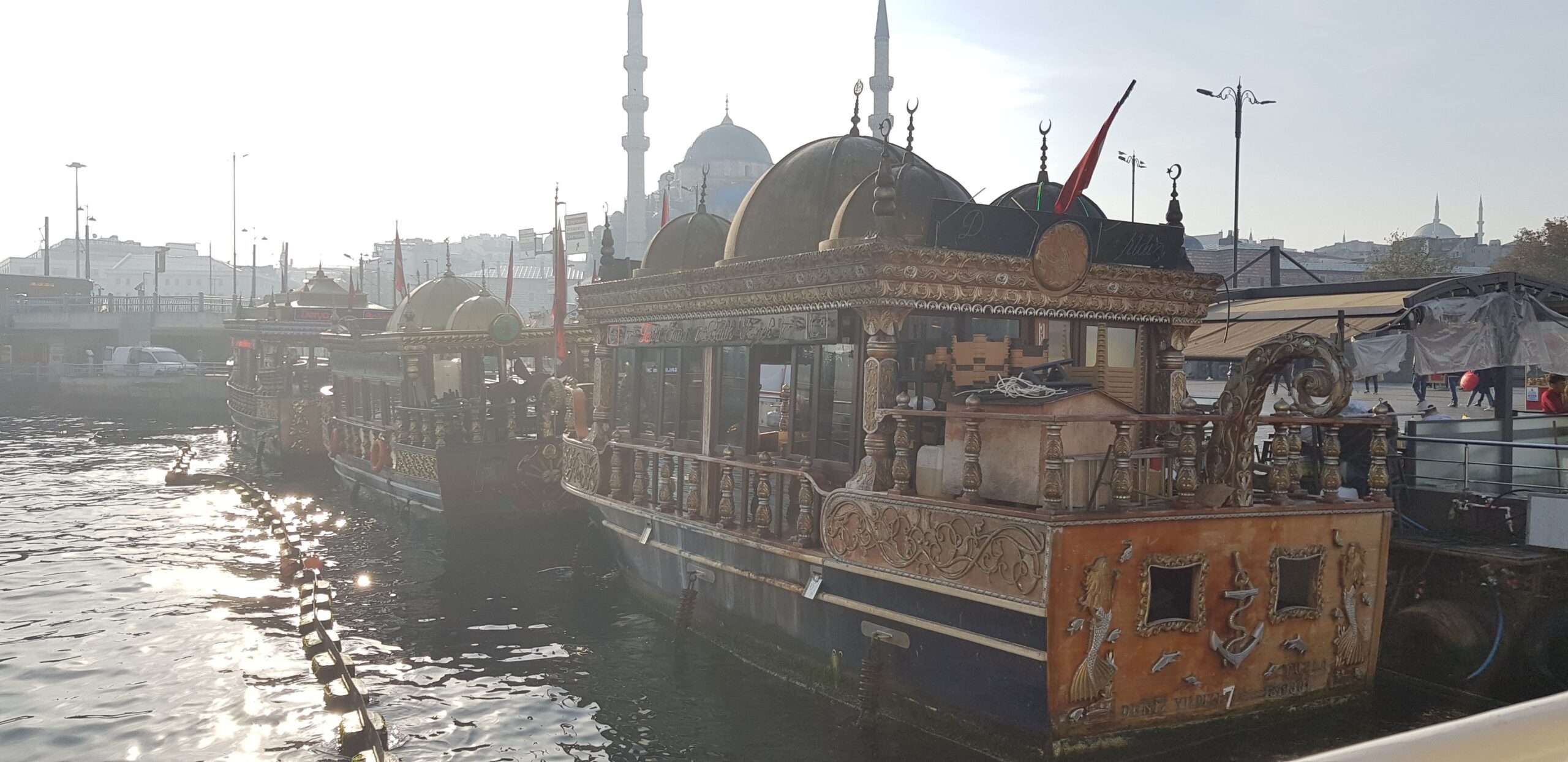
And maybe, above all else, Istanbul remains a city of cats, whose scurried pattering can be sure to sneak the tails of those fried fish to a hidden bush or table’s shadow, where the loved animal can still its hunger. For cats fill the eye, wherever it drifts, snoozing while students wait for their coffee, catching sunrays on old tombstones, or warming their feet on the smooth cobbles of hidden streets. Their relaxed yawns calm the haste of twenty million people, and all bustle turns noiseless, dampened as it is, by their soft fur.
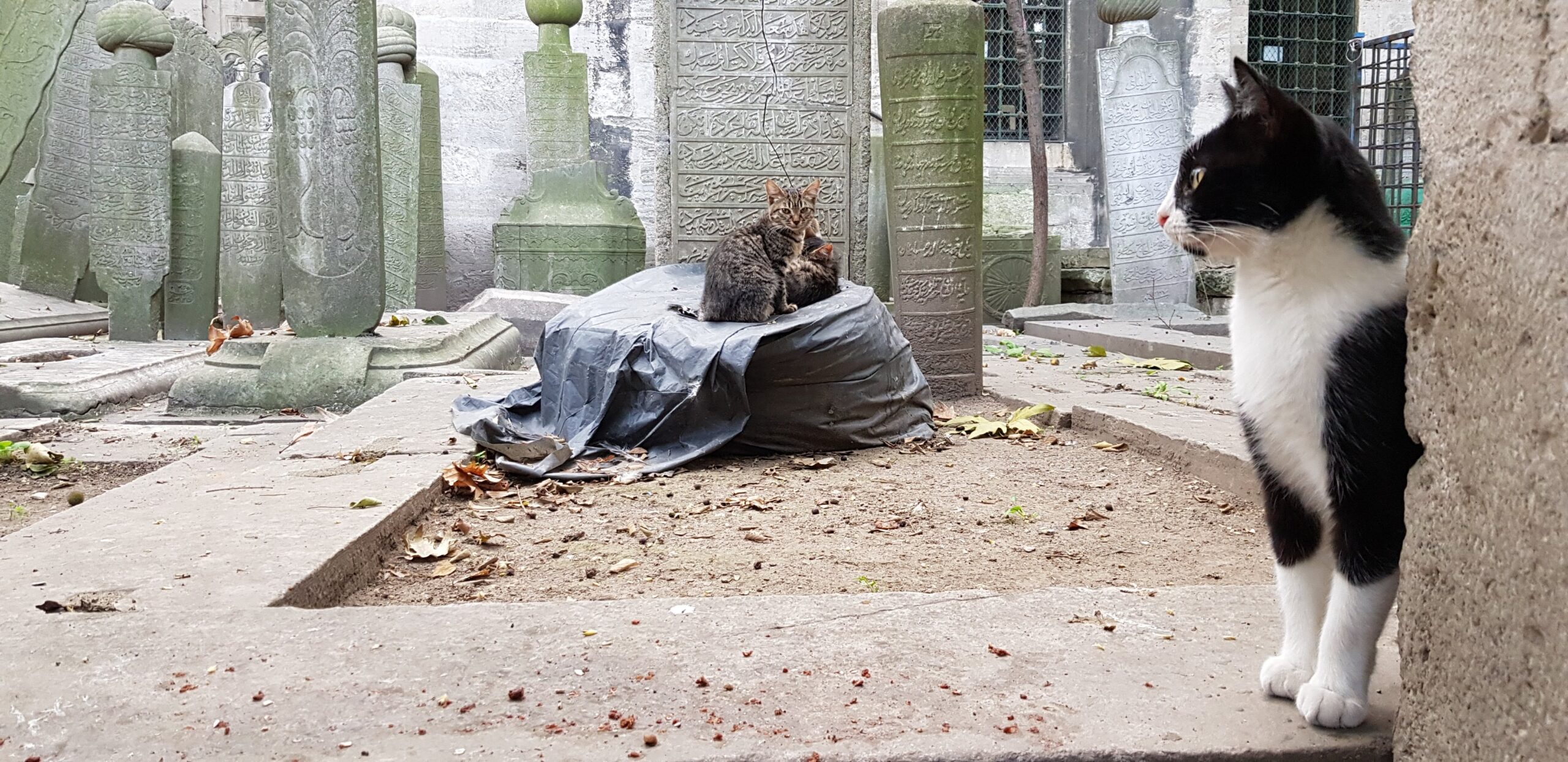
Once, not long after Rome fell, a golden dome was said to have appeared from heaven, dangling on an infinite chain, held by God, to the astonishment of the citizens of Constantinople, as the city was known before our time. Roman emperor Justinian, ambitious without peers, built the most massive and impressive church the world had yet witnessed, for a thousand years unmatched, to reach this golden dome. Today, the Hagia Sophia has turned to Mosque and Museum, but traces of Christian glory remain buried in the soil, hidden under fresh layers of paint, and confused behind a Turkish change of names. City walls that scared off Attila the Hun, aqueducts well known from antiquity and marble carvings emblematic of the Mediterranean are scattered throughout this world capital.
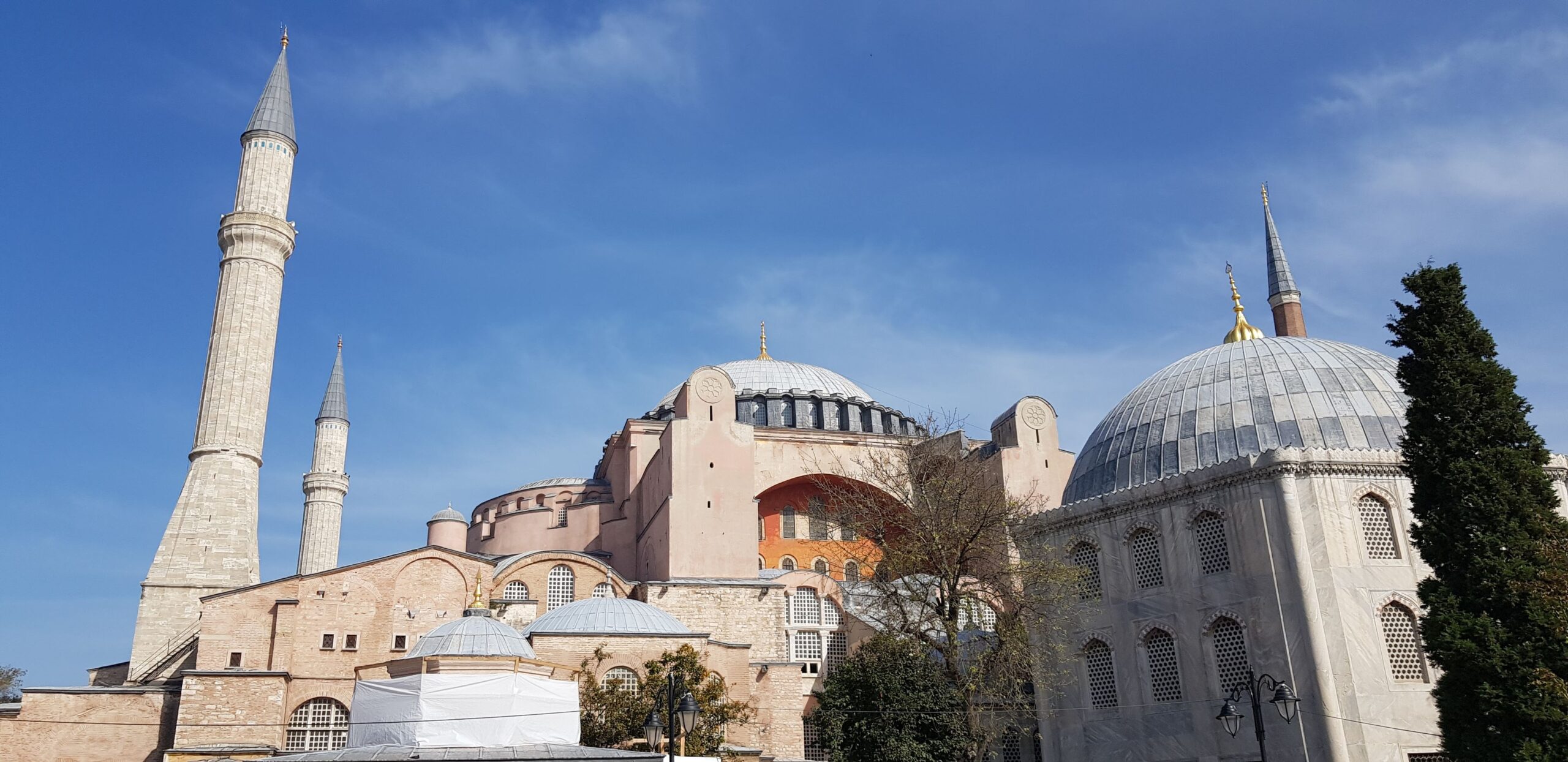
Scarcely less impressive are the many faithful copies, most famous among them the Blue Mosque, exquisite in its decoration, but unable to match the scale and stature of the Byzantine original. What the Sultans were able to outdo, are the palaces from late Roman times. Topkapi occupies the tip of the old city, whose triangle shape juts out into the turbulent waters of Marmara. It is here that dizzying patterns repeat themselves to infinity on blue and white tiles, rosewood mixes with silvery turtle shell on the furniture, gold adorns the ceilings and reflects coloured light from the tale-talling windows. It’s a splendid mix of Central-Asian, Arabic, and European elements, fashioned from only the most expensive materials, by skilled hands and creative minds.
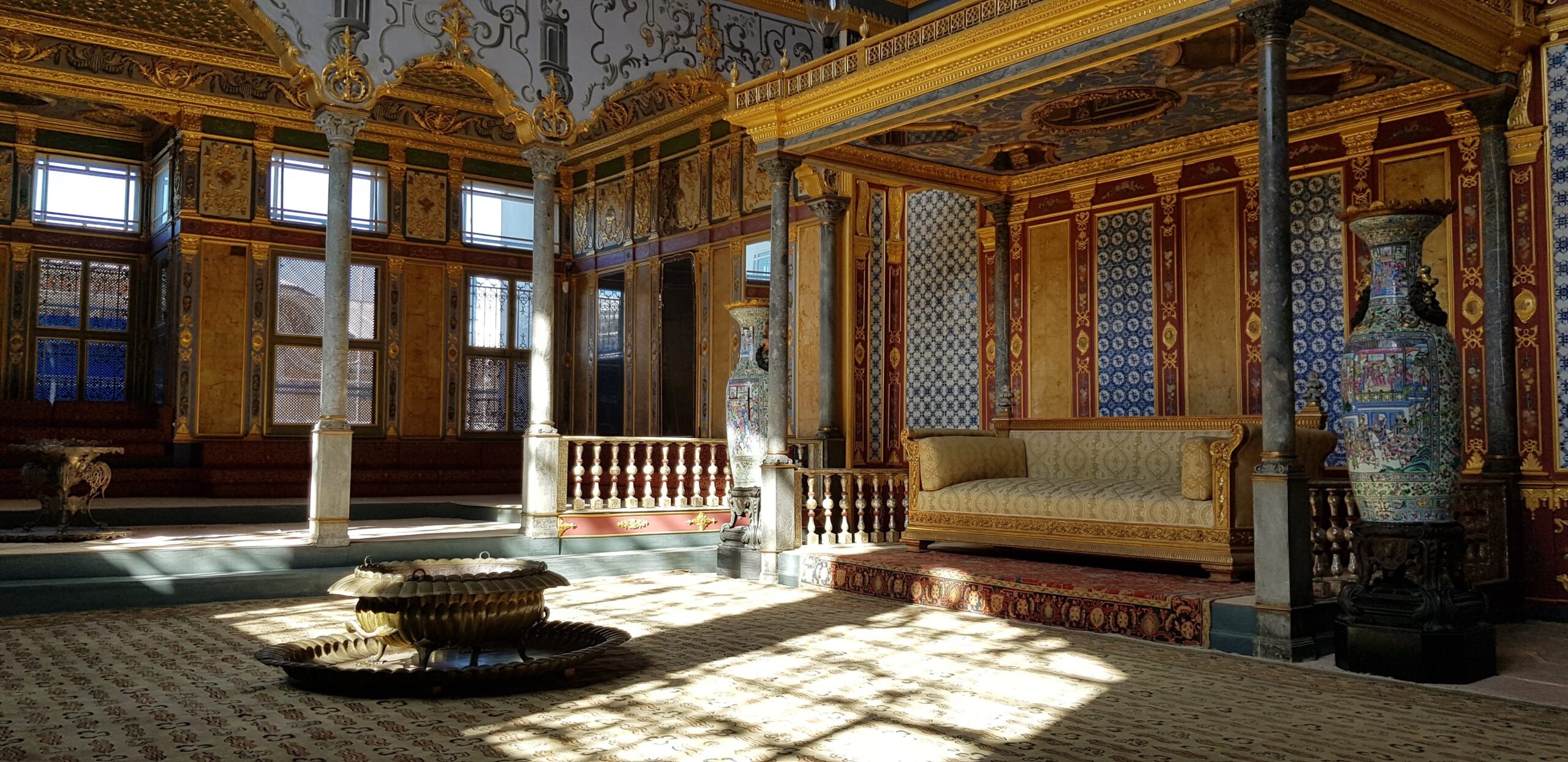
A spectacle only matched by the colourful spice mountains of the labyrinthine bazaar, an endless collection of hidden paths and confused shops, protected from the eternal sun by a hundredfold tin-covered domes. Besides delicious smelling turmeric and saffron lie the unmistakable Persian carpets, marvellous in their combinations of pigments and symbols. But commerce is the business of any shrewd mind, and the wares vary from dried figs to intricate woodwork, rolls of silk and walls covered by porcelain plates.
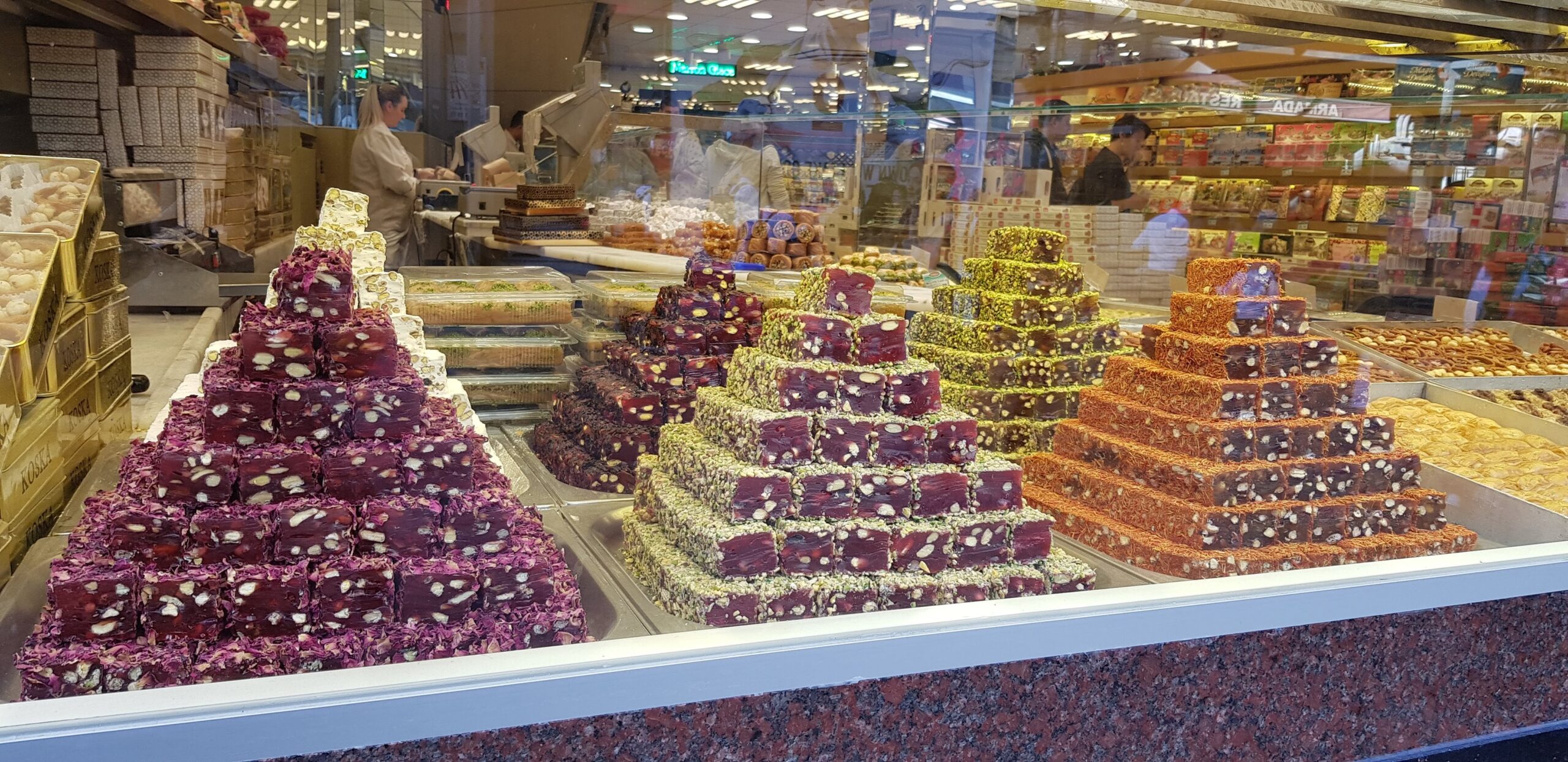


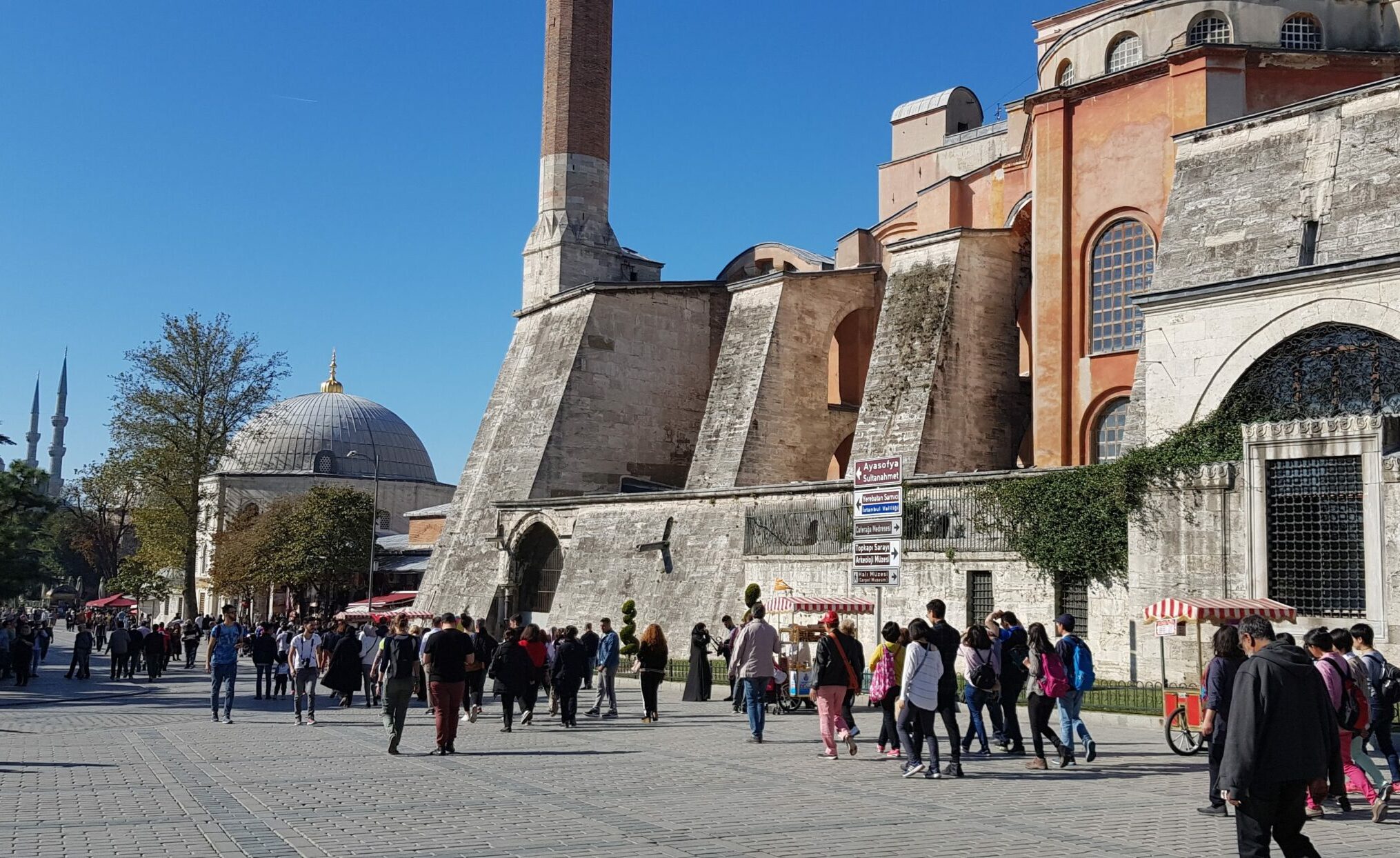
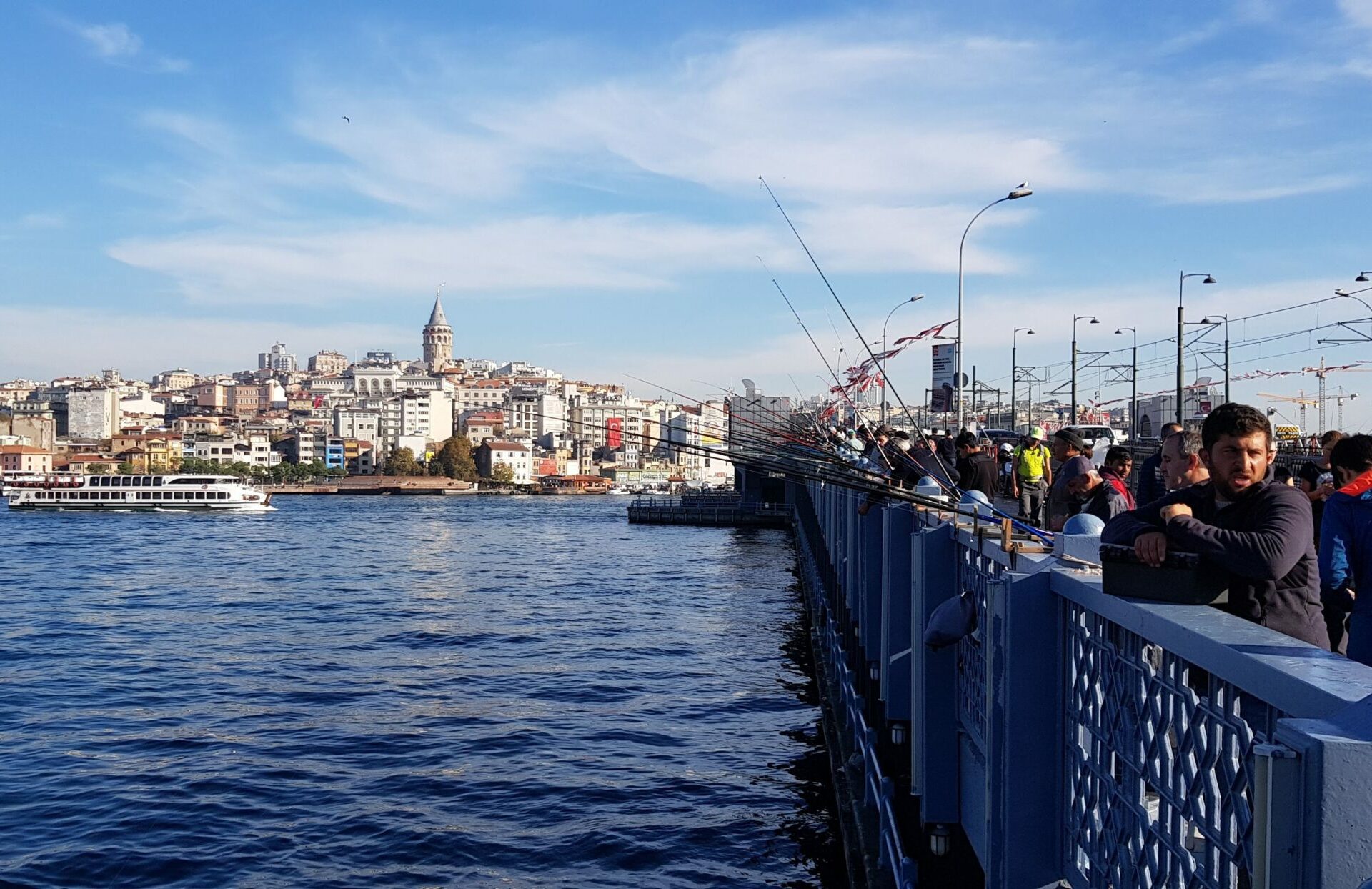
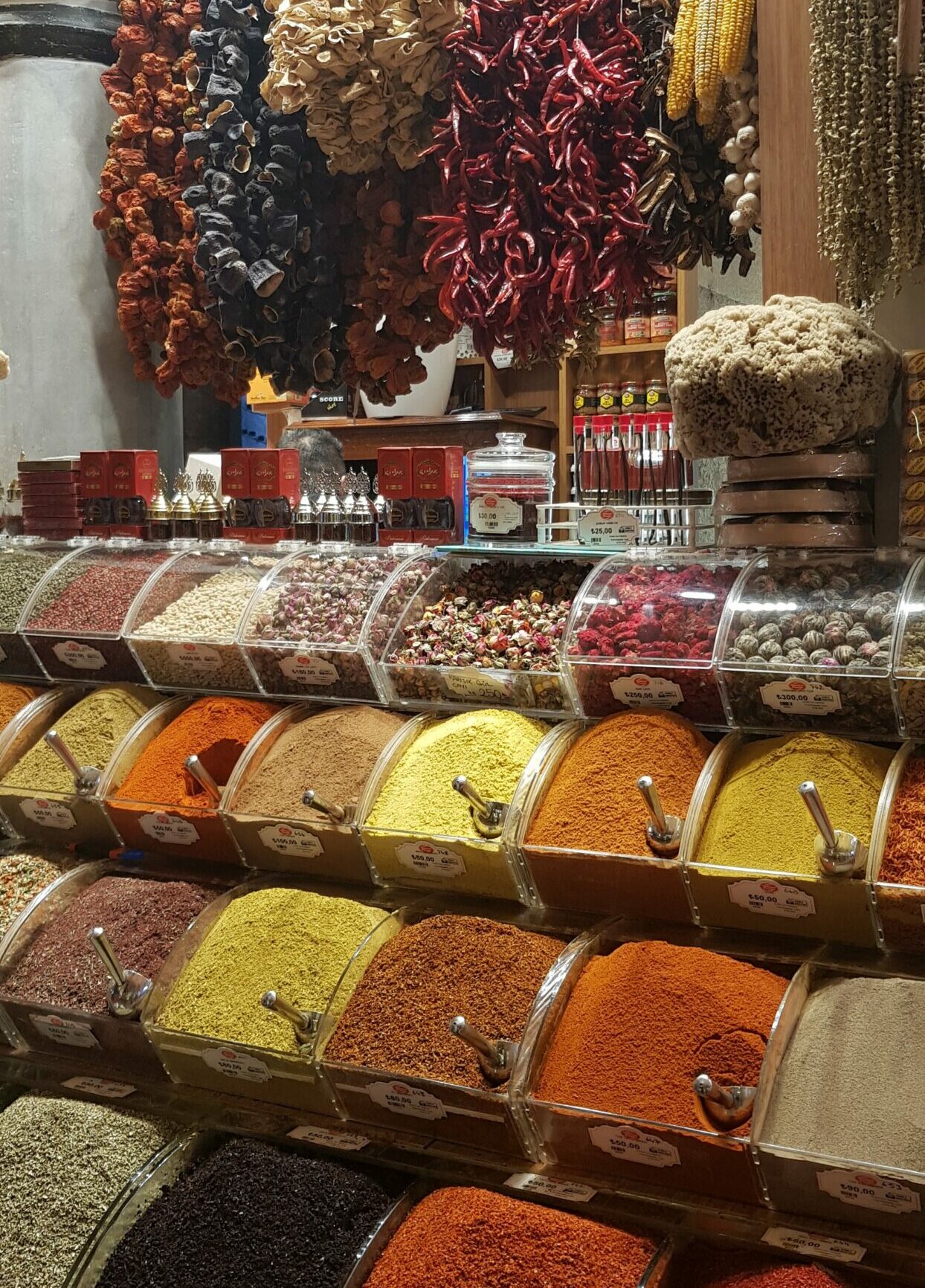
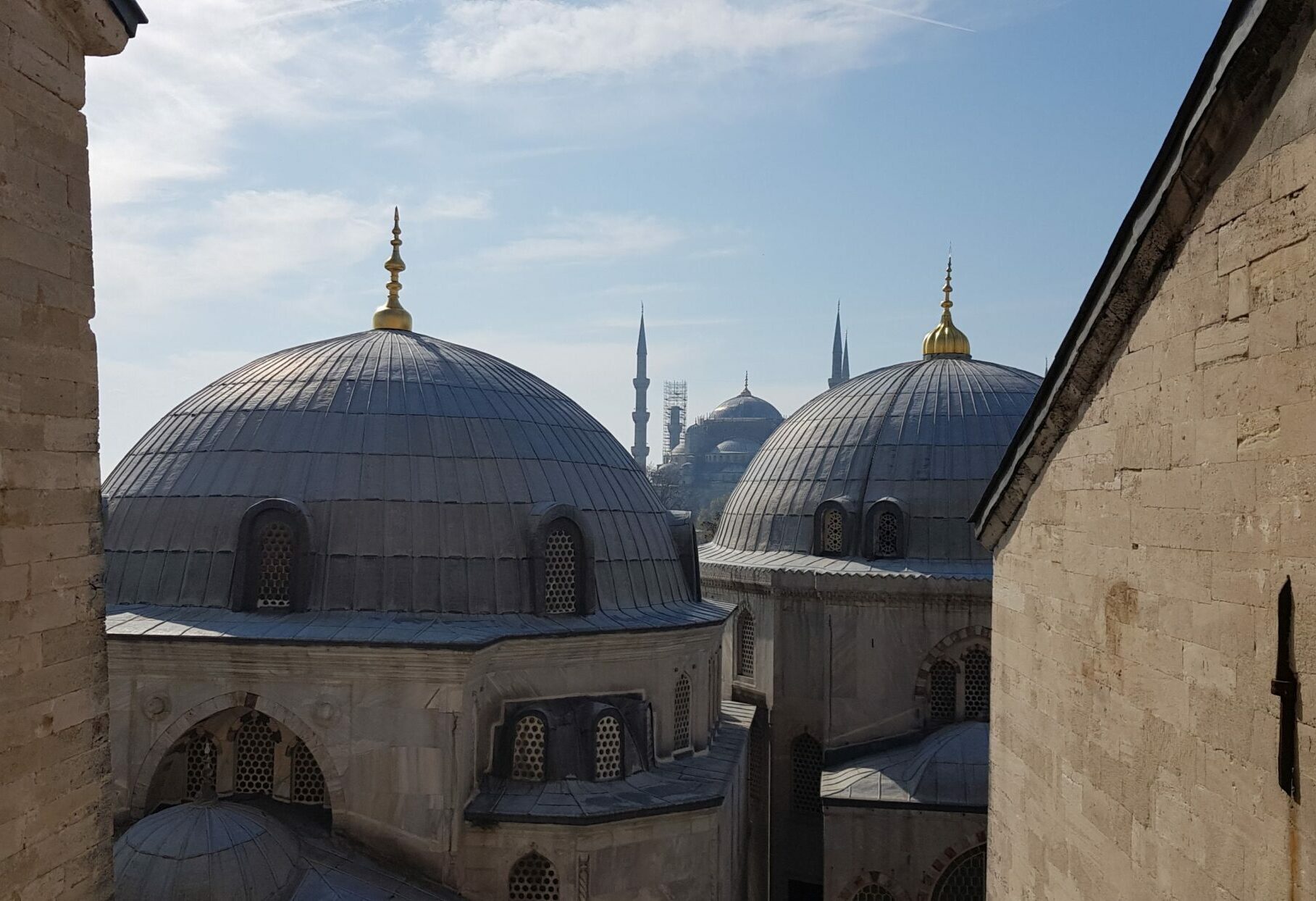
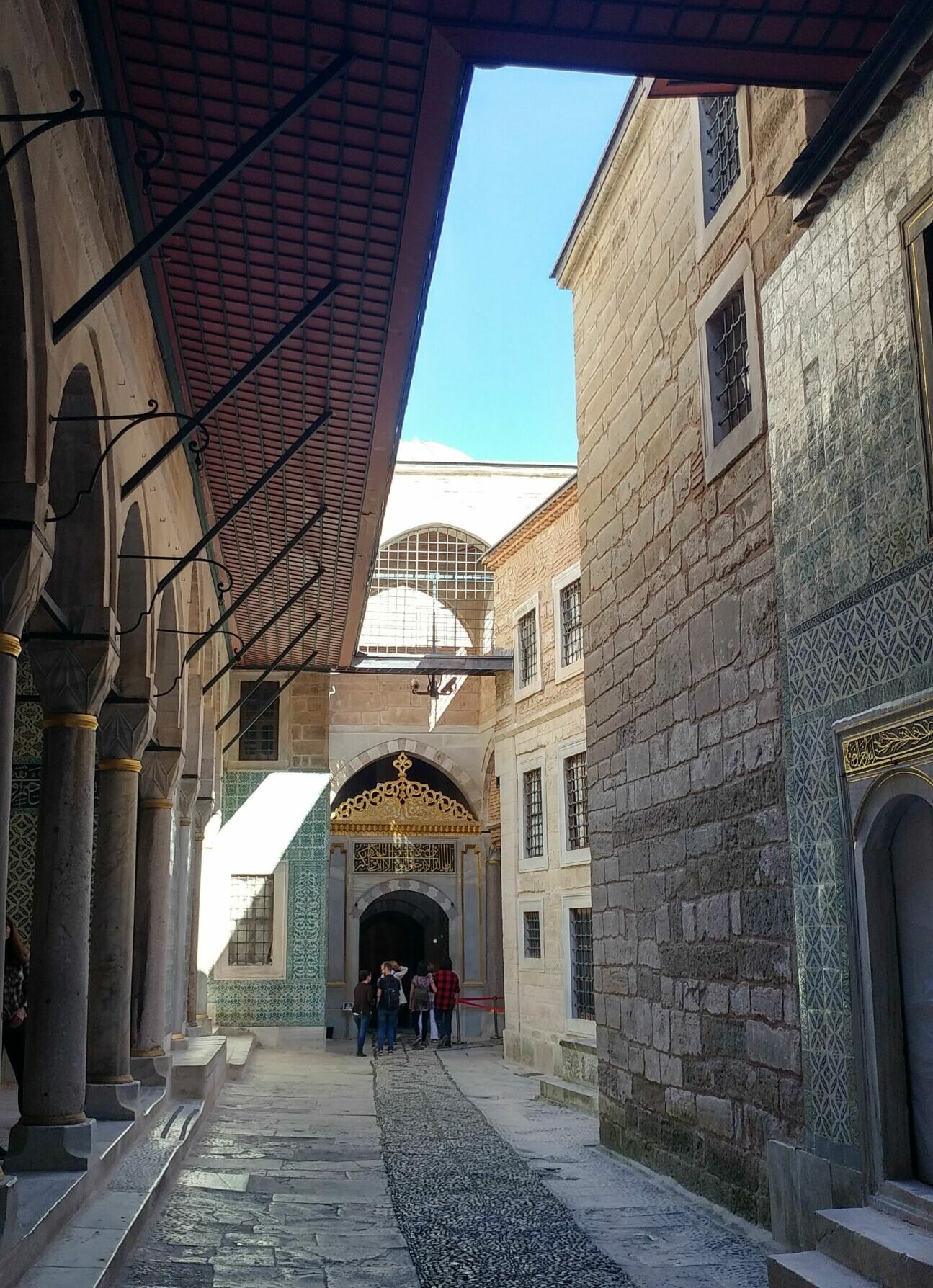
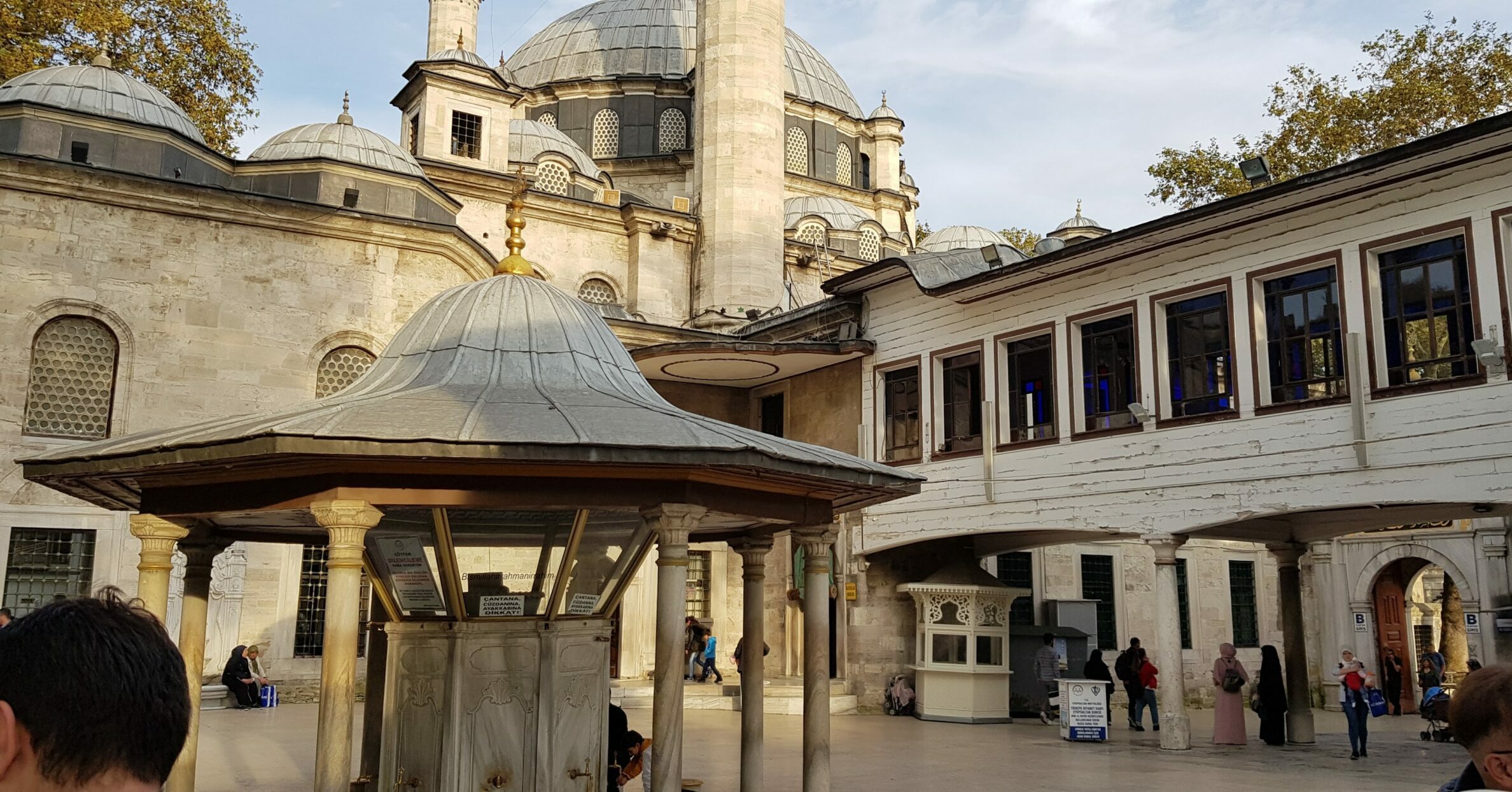
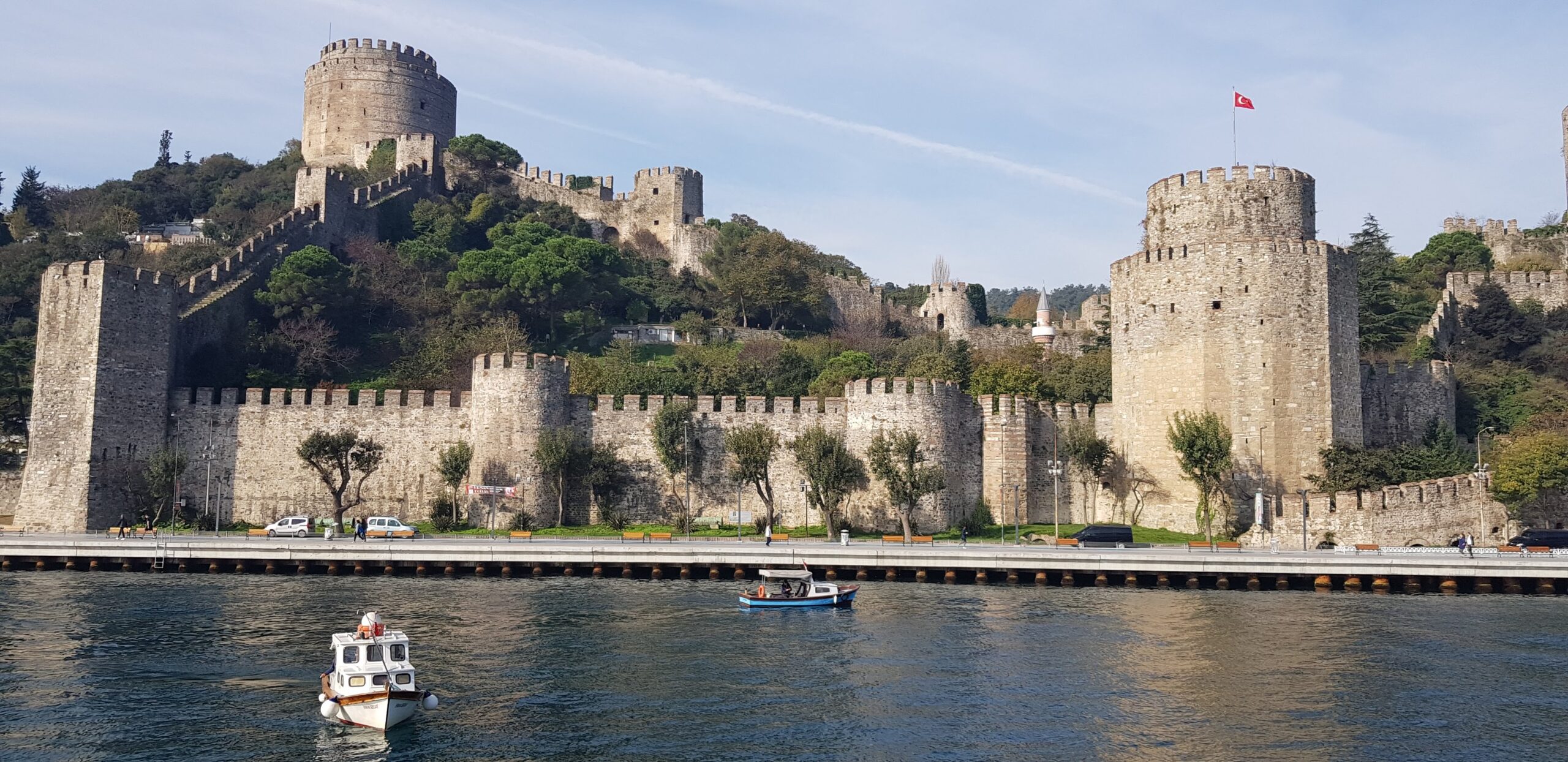
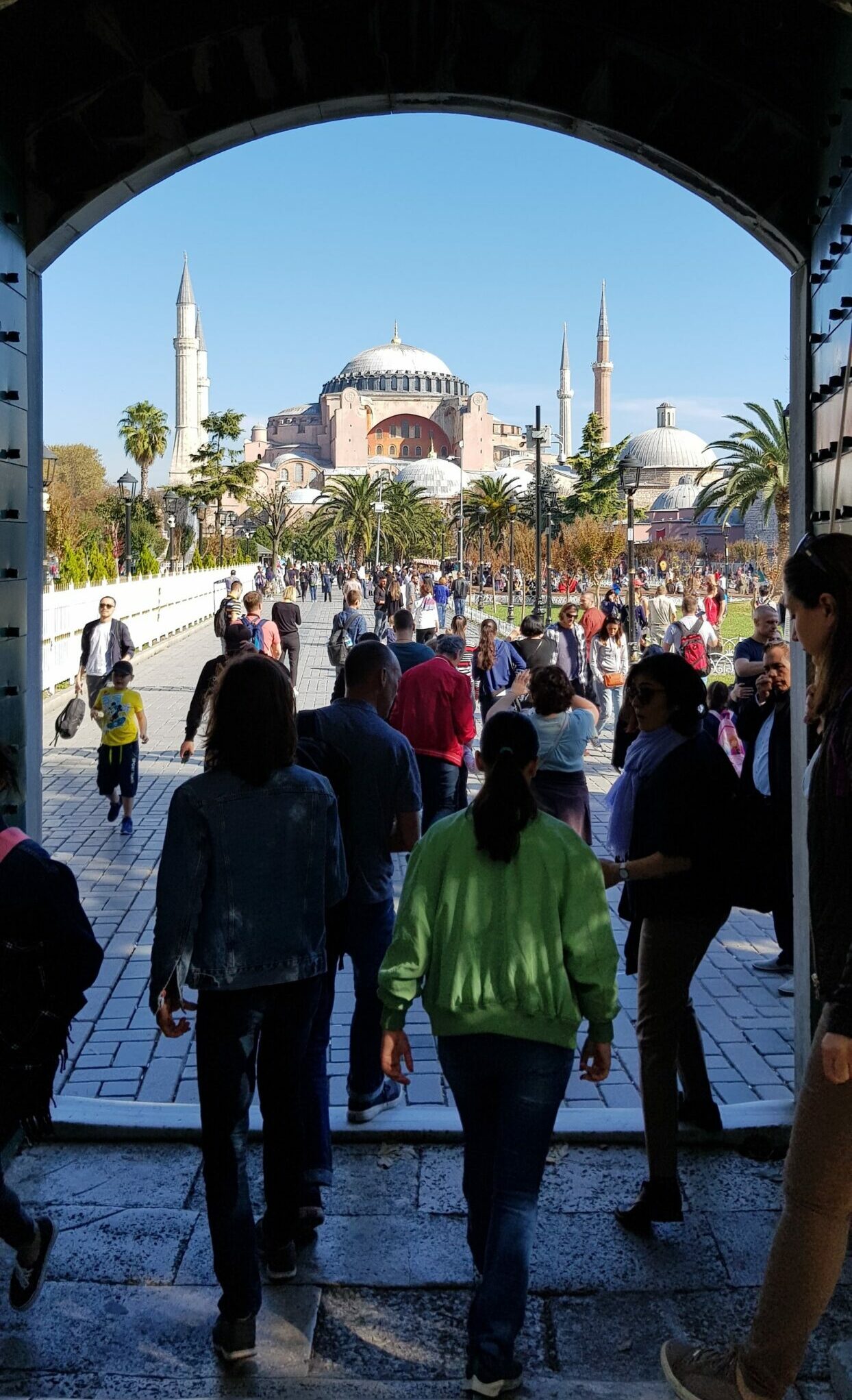
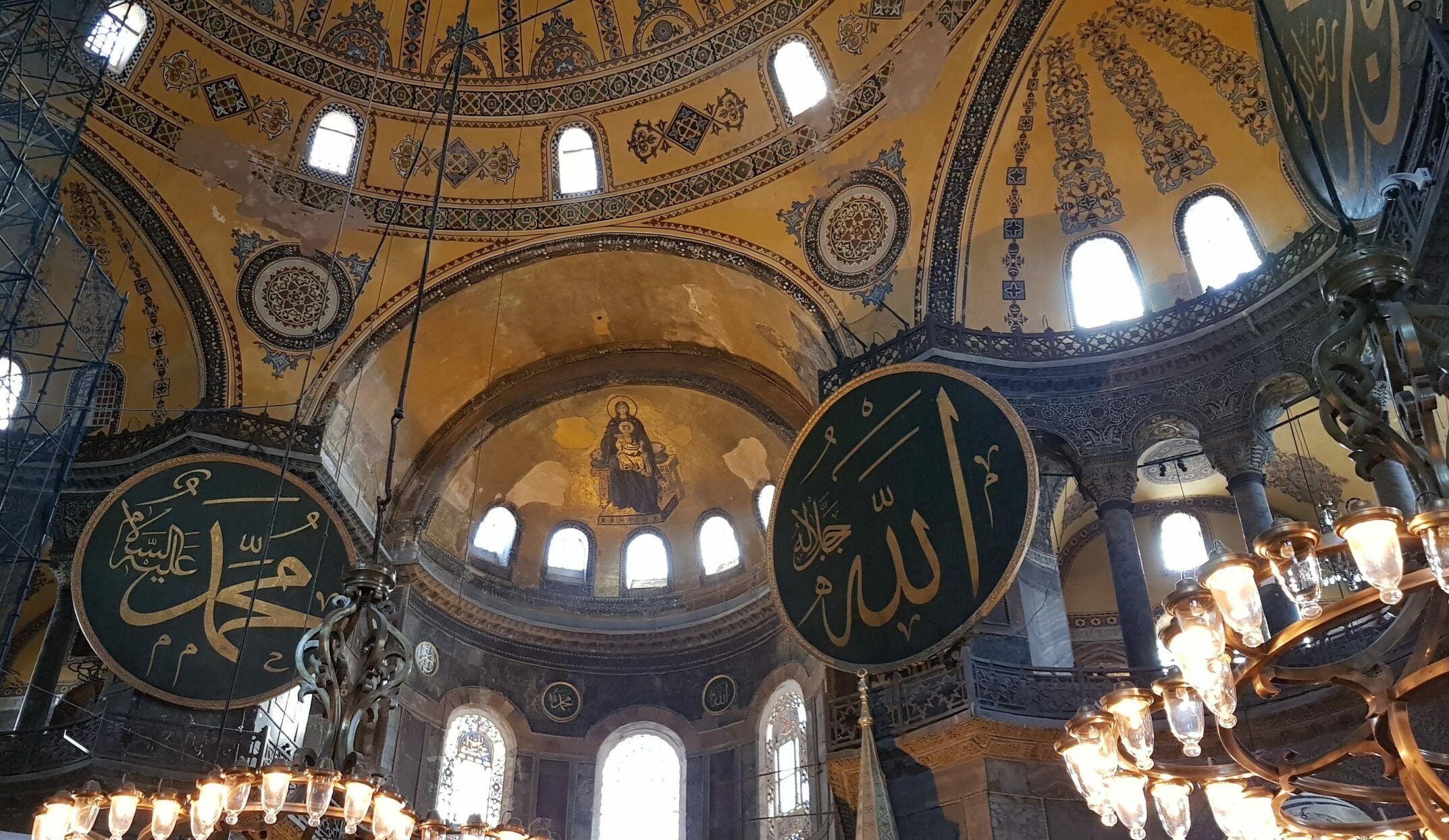
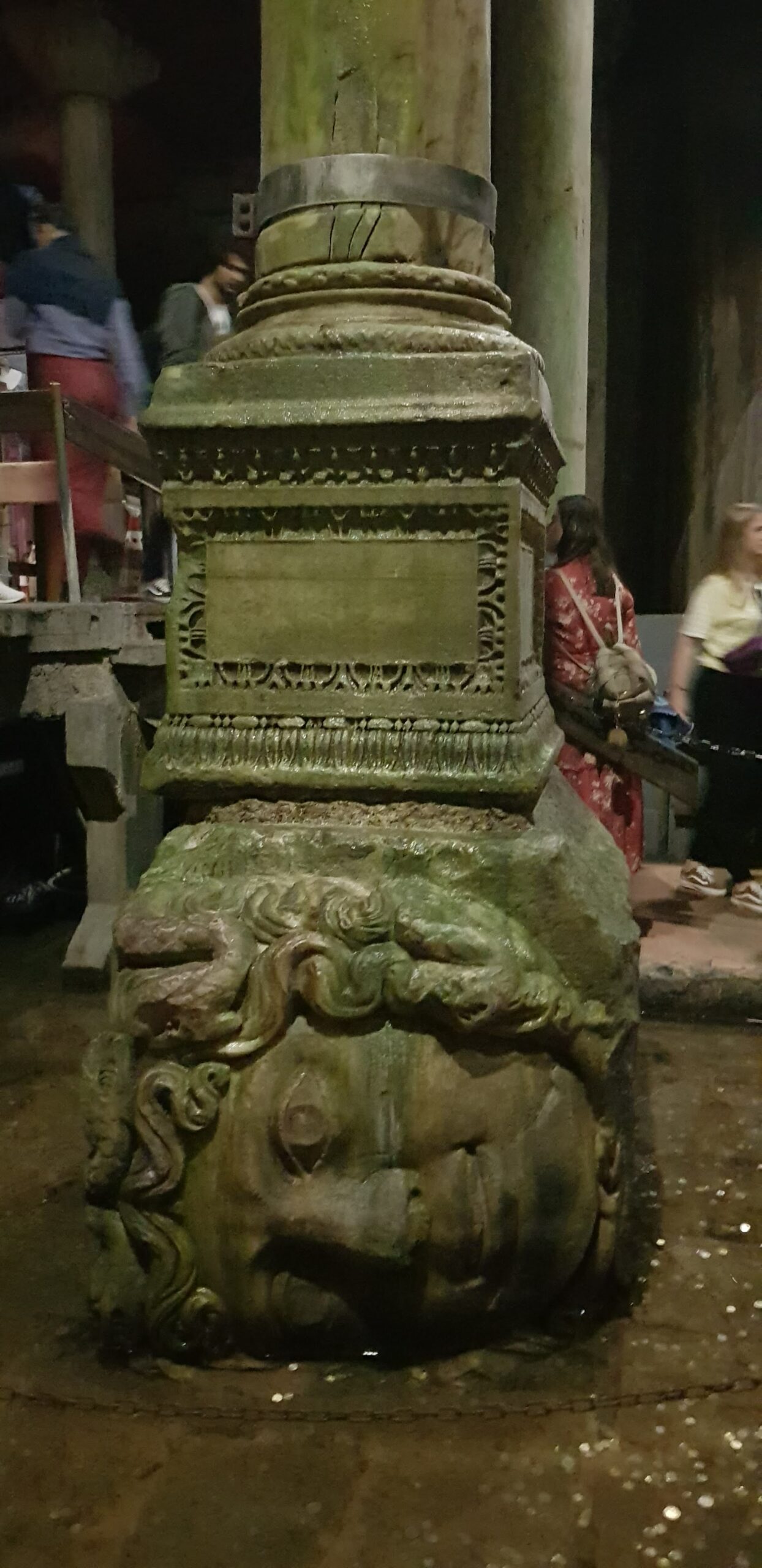
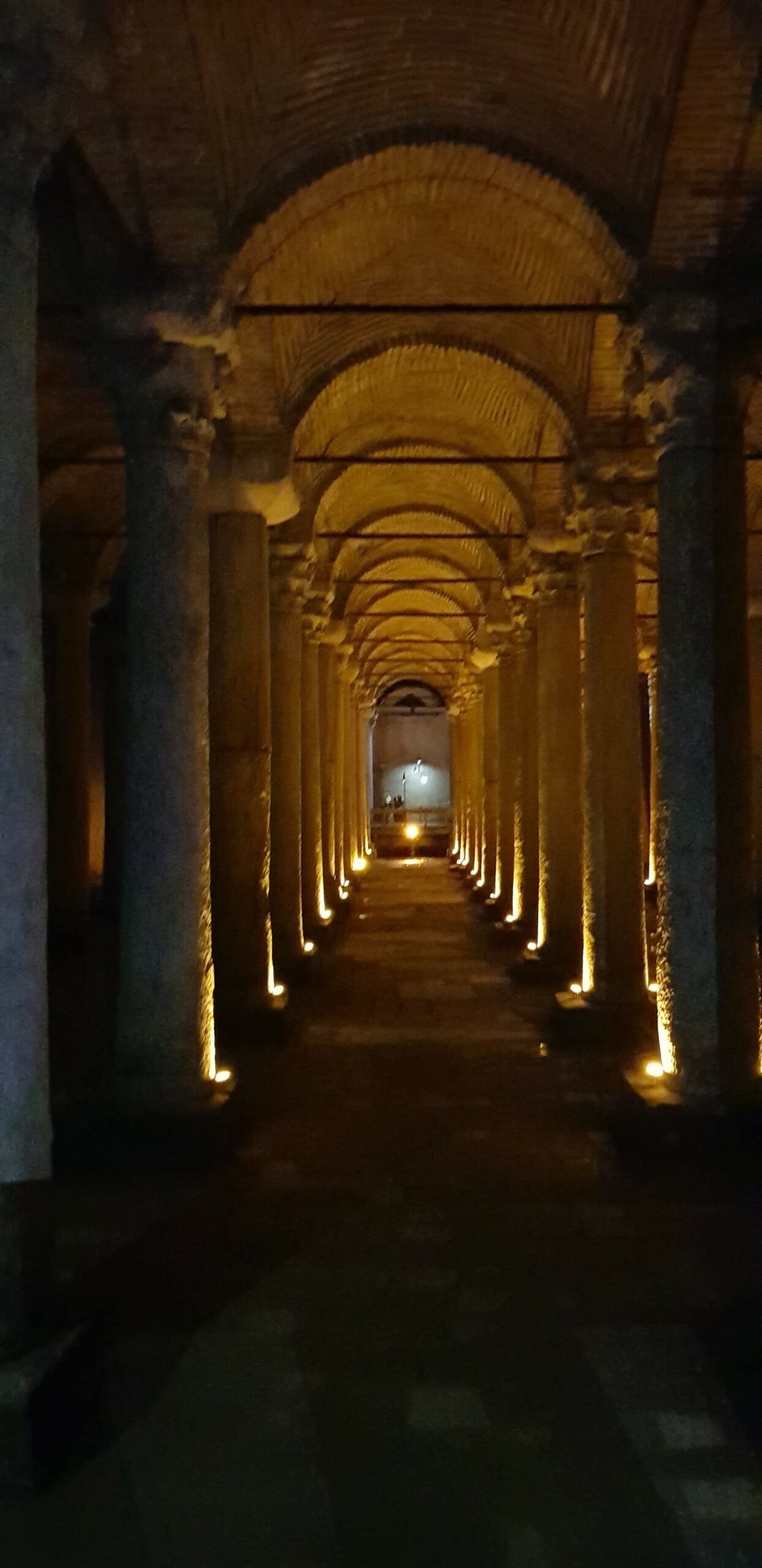
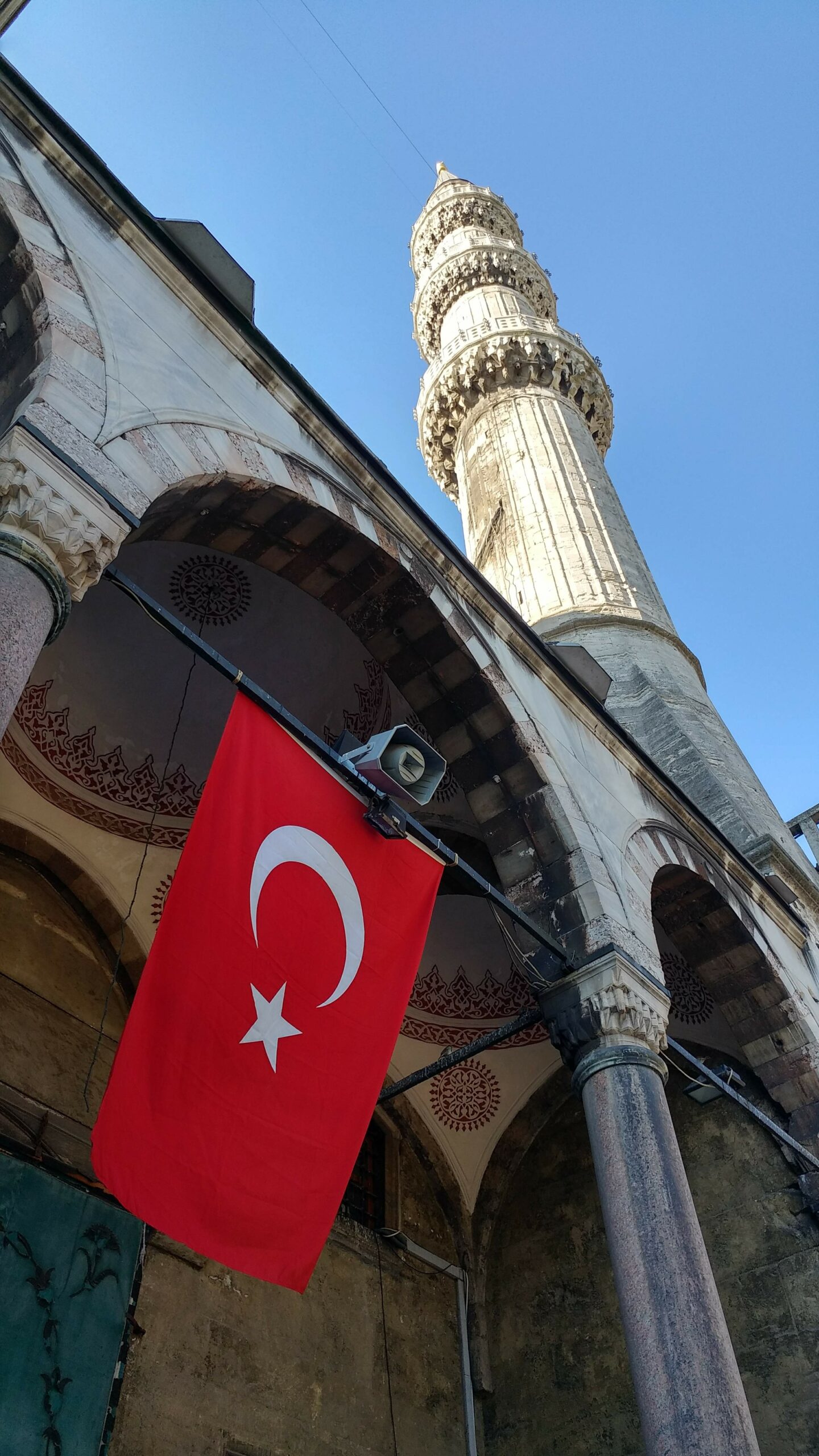
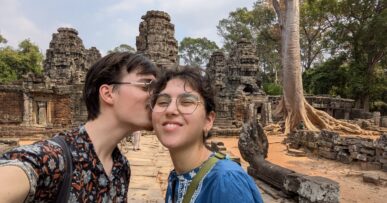
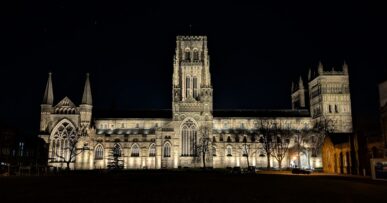
Comments (2)
Zeer genoten van uw verhaal. Een prachtige stad. Rijk aan alles en zo gastvrij. Istanbul kun je niet, niet hebben bezocht. En wat u schrijft, zo is het ook. Mooi!
Wij kijken met dankbaar oog uit naar uw volgend, zo gehoopt lovend, commentaar